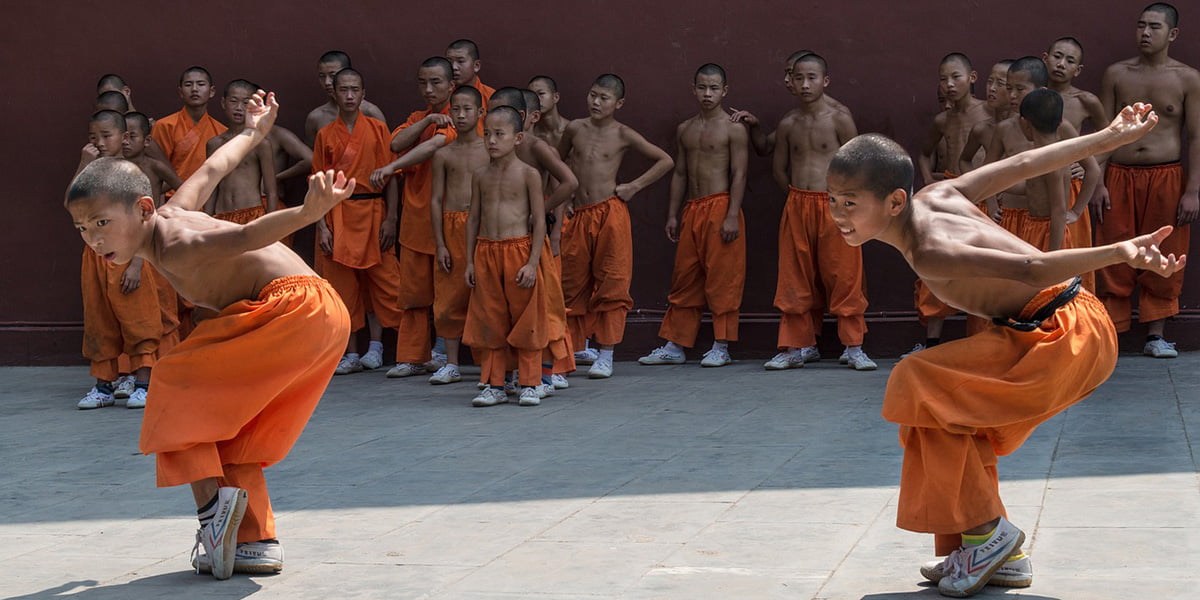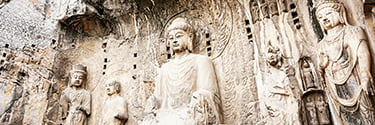The Melodic Journey of China: Discovering Traditional Chinese Music and Instruments
China, a vast land characterized by its soaring mountains, winding rivers, sprawling cities, and ancient villages, is a country steeped in millennia-old traditions. One of its most enchanting traditions is the melodious sounds of its ancient musical instruments. Music, in all its variations, has narrated stories, preserved history, and conveyed emotions across generations. Let us embark on a journey across China, unearthing the rich tapestry of traditional Chinese music and instruments like the erhu, pipa, and guzheng, and their profound influence on both the past and the present.
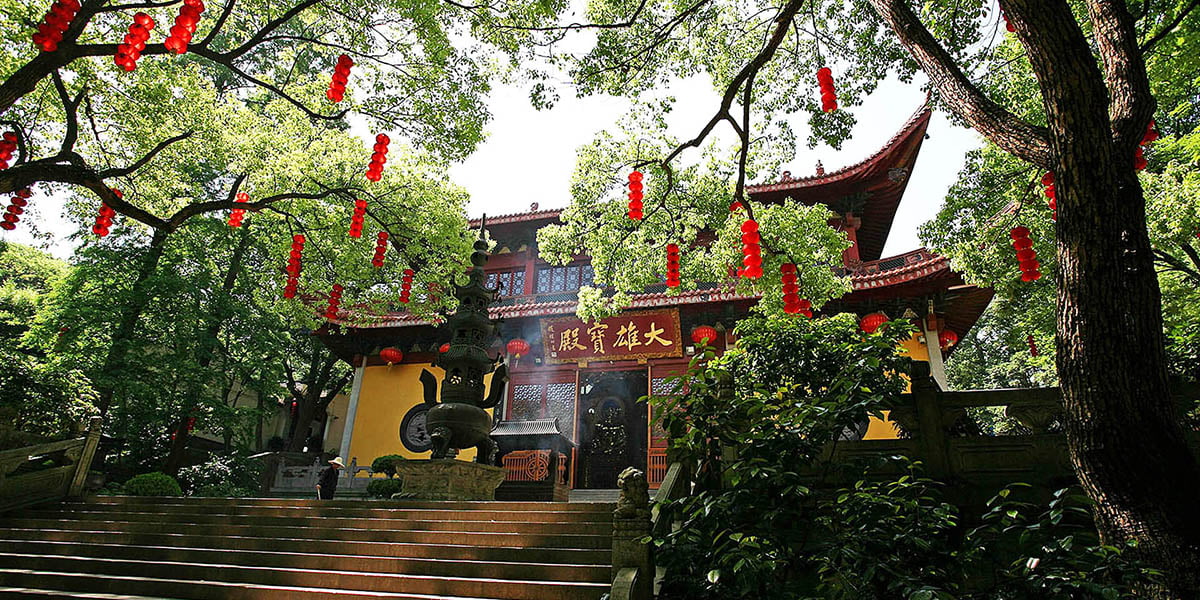
The Erhu: China’s Two-stringed Wonder
Originating from the vibrant city of Shanghai and finding its roots in ancient Chinese culture, the erhu, often likened to a two-stringed violin, produces sounds that echo the hustle and bustle of the city streets and the serenity of the Yangtze River’s flowing waters. This versatile instrument is made of wood and snake skin and has a hauntingly beautiful tone that can convey a wide range of emotions.
As you travel through the busy streets of Beijing, it’s not uncommon to come across street performers entrancing passersby with the melancholic sounds of the erhu, telling tales of ancient emperors, poignant love stories, or the trials and tribulations of daily life.

The Pipa: China’s Ancient Lute
With its pear-shaped body and four strings, the pipa has enjoyed over two millennia of history. Historically associated with the ancient Silk Road, the musical journey of the pipa began in the oasis cities of Dunhuang and Xi’an. As travelers and merchants traversed the vast stretches of China, they carried with them this mesmerizing instrument, introducing its unique sound to various parts of the country.
In traditional Chinese operas, especially those performed in the cultural hubs of Suzhou and Hangzhou, the pipa provides rhythmic and melodic support. Its quick plucks and strums can create heart-pounding battle scenes or soft, gentle moments of reflection. Even in modern music, the pipa’s distinctive tones are often blended into contemporary genres, creating fusion tracks that resonate with both young and old.

The Guzheng: The Zither of the East
If you ever find yourself wandering through the ancient alleyways of Chengdu or sipping tea in a traditional teahouse in Kunming, you might be fortunate enough to hear the mesmerizing tones of the guzheng. This ancient zither, with its 21 strings, has been captivating audiences for over 2,500 years.
The guzheng’s vast range and dynamic capabilities make it one of the most iconic instruments in traditional Chinese music. From tales of legendary heroes to the subtle nuances of nature – the rustling of leaves, the cascade of waterfalls – the guzheng can depict them all.
Today, modern guzheng performances are a fusion of old and new. They bridge the gap between ancient traditions and contemporary sounds, especially in cosmopolitan cities like Guangzhou, where old meets new.
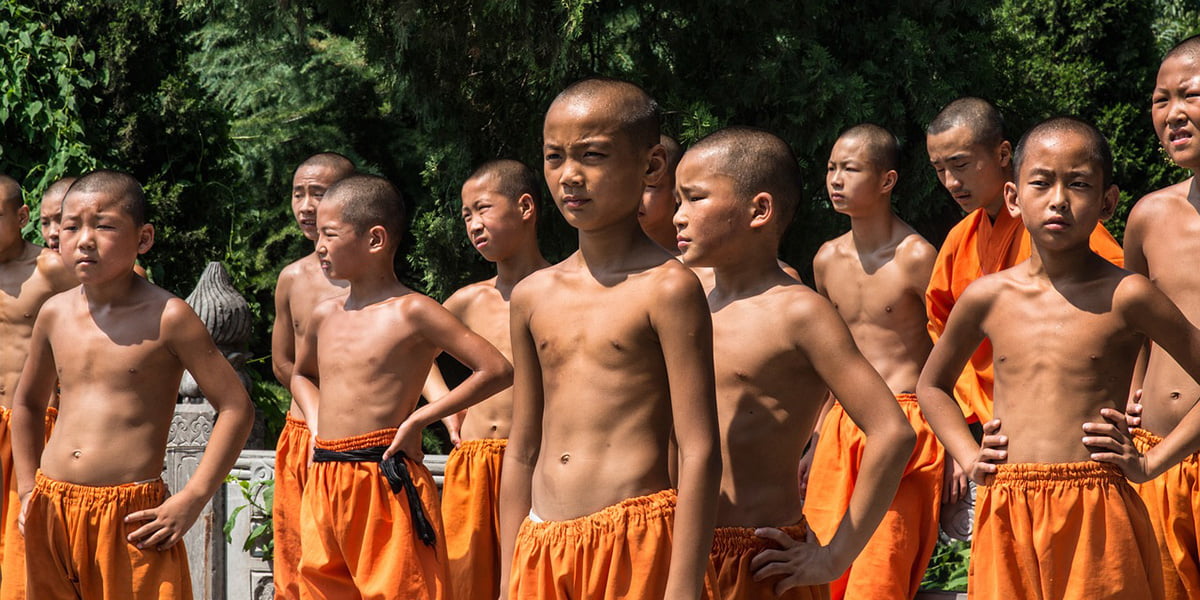
Music and Travel: An Inseparable Duo
Travel around China is not just a visual feast but an auditory one. Each city, with its unique cultural footprint, offers a different musical narrative. Whether you’re attending a grand Chinese opera in Beijing, enjoying a street performance in Nanjing, or simply strolling past music shops in the bustling streets of Shanghai, you’re bound to encounter the nation’s rich musical heritage.
Traditional Chinese instruments, with their profound history and versatile sounds, have always been a bridge connecting China’s past to its present. They narrate tales of ancient dynasties, poetic landscapes, legendary figures, and modern-day stories. This blend of the old with the new makes China’s musical landscape both unique and intriguing.
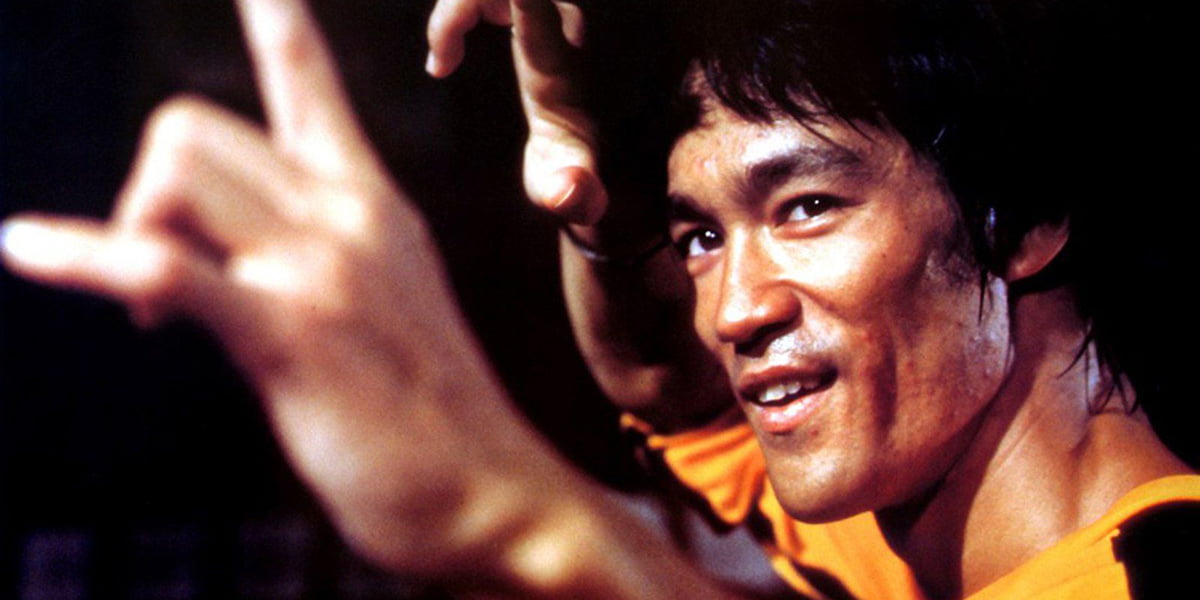
Influence on Modern Music
Modern Chinese music, while heavily influenced by global trends, still retains the essence of its traditional sounds. Artists often incorporate instruments like the erhu, pipa, and guzheng into contemporary genres, creating a seamless blend of the ancient and the modern. This fusion not only introduces traditional instruments to younger audiences but also revives and reinforces China’s rich musical heritage.
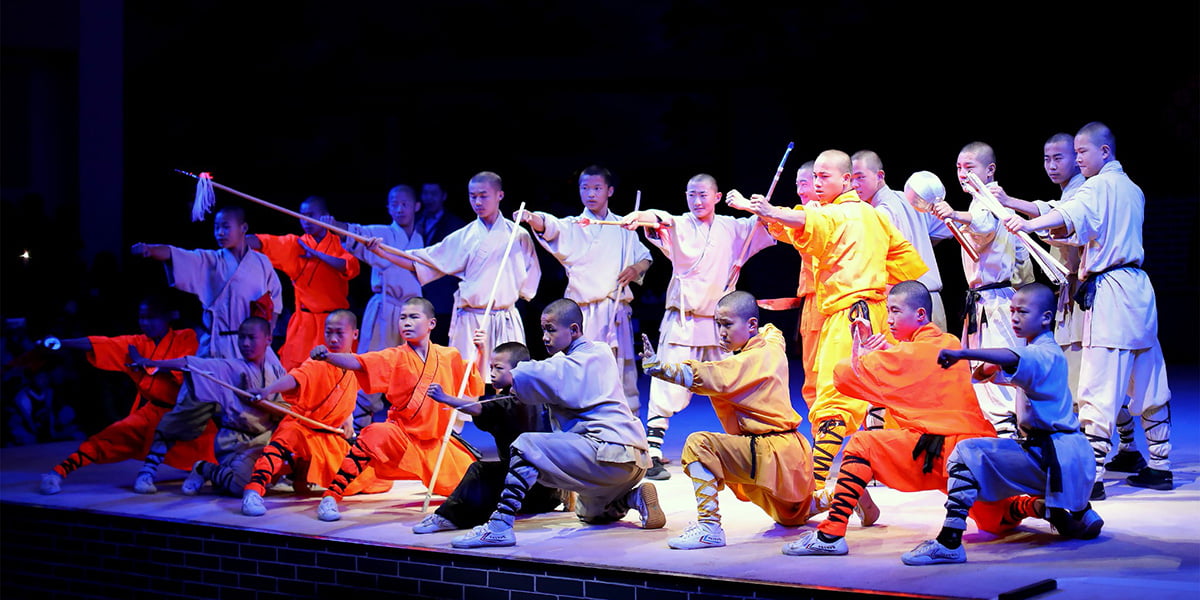
Conclusion: A Symphony of Cultures
China, with its vast landscapes and rich history, is a symphony of cultures. The notes of its traditional instruments resonate deeply with its past, reminding us of the timeless stories, values, and emotions that are intrinsically woven into the fabric of the nation.
So, the next time you think of travel, let the melodious tones of traditional Chinese music and instruments guide your way. Embark on a journey that promises not just sights, but sounds that reverberate through time, echoing tales of a civilization that has beautifully harmonized its past with its present. Your Chinese odyssey awaits, where every note played is a step taken into the heart of this magnificent land.


